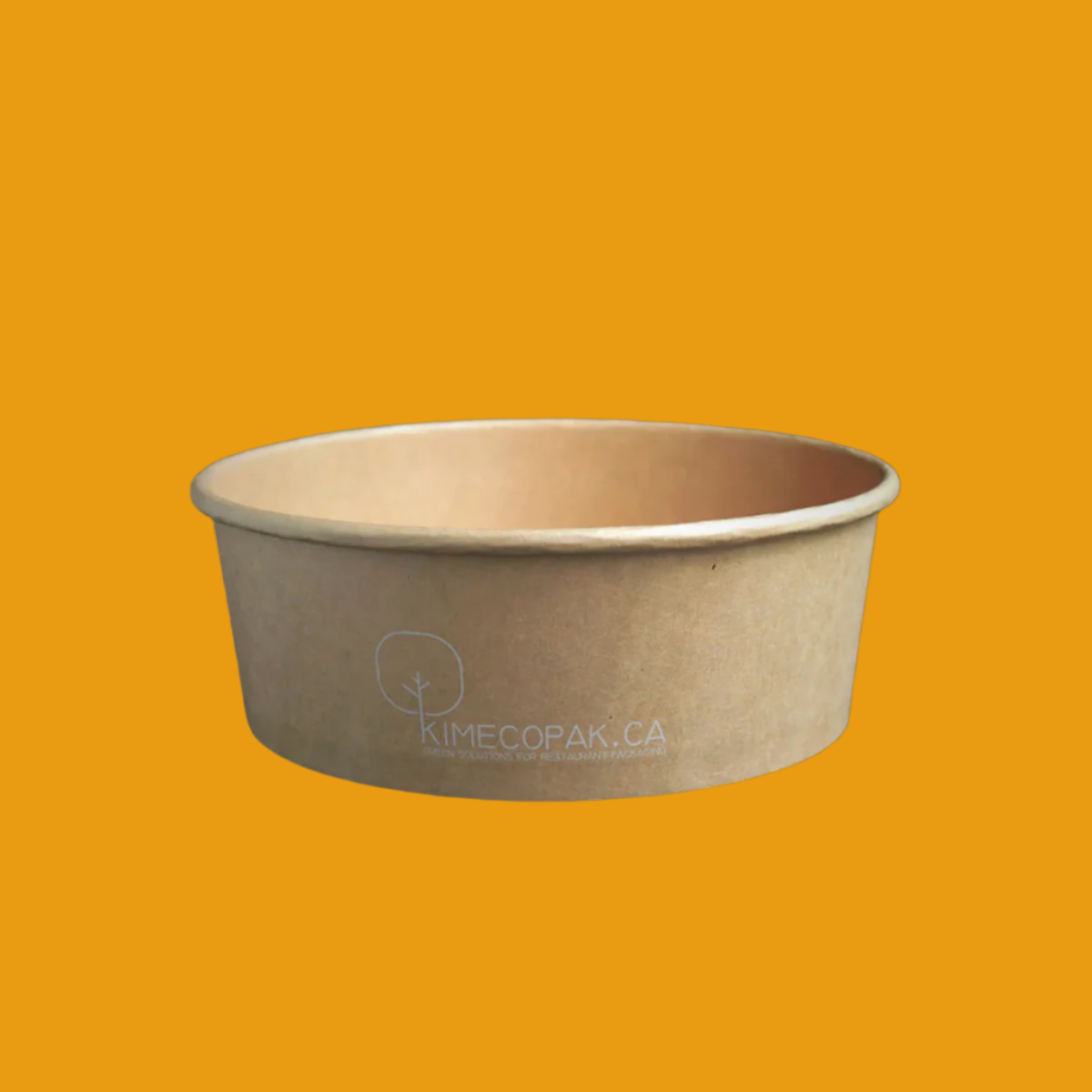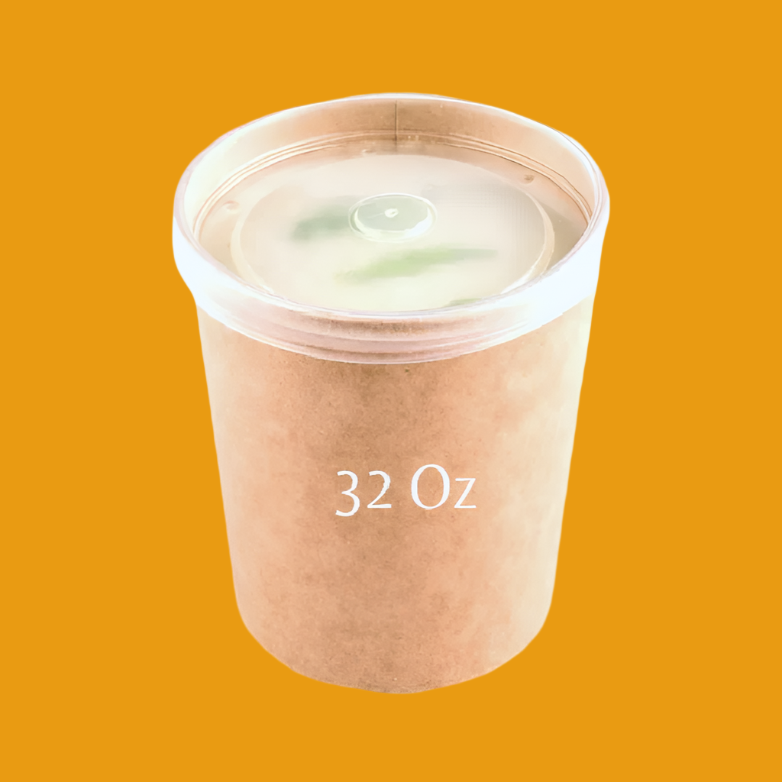Food Truck vs Food Cart which mobile kitchen setup best suits your culinary dream? Whether you're an aspiring street food vendor or a seasoned chef looking to hit the road, understanding the differences between food trucks and food carts is essential. From startup costs and cooking capabilities to licensing requirements and mobility, each option offers unique advantages and challenges. In this guide, we’ll break down everything you need to know to help you make the smartest choice for your food business.
-
Exploring the Diverse Types of Mobile Food Businesses: A Guide for Canadian Startups
-
Grill, Serve, Profit: How to Start a Hot Dog Cart and Make It a Hit
- Understanding Food Truck Sizes: How to Choose the Right Dimensions for Your Business
What Is a Food Truck?

Food trucks are mobile kitchens that allow entrepreneurs to cook and serve food on the go. These self-contained units typically include a cooking area, storage for ingredients, refrigeration, and often a point-of-sale system.
Self-contained kitchen and mobility
A food truck is designed as a complete kitchen. Depending on the size, it can feature grills, fryers, ovens, and sometimes even specialty equipment such as a flat top or a smoker. This mobility gives food entrepreneurs the ability to bring their culinary creations to various locations, from popular city streets to festivals and private events.
Ideal for cooking and selling full meals
Unlike simpler vending options, food trucks can prepare and serve full meals. This capability opens up a wider range of culinary possibilities, allowing truck owners to offer everything from gourmet burgers to international cuisine.
Common dimensions, equipment, and power needs
Most food trucks are around 14 to 30 feet long, although sizes can vary greatly. They generally require a generator for power, which may demand significant fuel usage, especially if using electric grills or fryers. Additionally, trucks need to comply with local health regulations, which can affect their design and required equipment.
What Is a Food Cart?

Food carts are smaller, mobile vending units that offer simpler food services. Typically non-motorized, they are designed for quick food preparation.
Smaller, non-motorized vending units
These units can be as simple as a cart that holds snacks or beverages. They can be pushed from one location to another or left in one spot. They are less cumbersome than food trucks and can navigate tighter spaces.
Designed for simple food prep (hot dogs, coffee, snacks)
Food carts typically serve quick and easy items, think hot dogs, pretzels, coffee, or snacks. They are perfect for areas with high foot traffic, where people might want a quick bite to eat without the need for a full meal.
Easy to set up on sidewalks, parks, or events
One of the key selling points of food carts is their versatility. They can be set up relatively quickly in various locations, such as city sidewalks, parks, or community festivals, making them an accessible option for new vendors and seasoned entrepreneurs alike.
Food Truck vs Food Cart: Side-by-Side Comparison

| Feature | Food Truck | Food Cart |
|---|---|---|
| Mobility and space | Larger, requires a dedicated parking spot | Smaller, can be set up almost anywhere |
| Startup cost and maintenance | Generally higher due to vehicle and setup costs | Lower investment, easier maintenance |
| Equipment and menu possibilities | Full kitchen for diverse offerings | Limited to simple items |
| Setup flexibility and legal permissions | More permits and regulations involved | Fewer permits, easier to operate |
Pros and Cons of Food Trucks

Advantages: full kitchen, greater menu range
Food trucks allow business owners to have a full kitchen, giving them the capacity to create more complex and varied menus. This flexibility can attract a broader customer base, enhancing sales potential.
Drawbacks: higher cost, licensing, more maintenance
On the flip side, food trucks come with a higher startup cost, including the vehicle itself and necessary equipment. They also require various licenses and health permits, which can be time-consuming to acquire. Additionally, maintenance on the vehicle can be costly and requires regular attention.
Best for growing food businesses
For those looking to expand their culinary ventures and reach a wider audience, investing in a food truck can be an ideal choice. The food truck model allows for brand building, with the vehicle serving as a mobile advertisement for the business.
Pros and Cons of Food Cart

Advantages: Low Cost, Easy Entry
Food carts represent an appealing option for aspiring food entrepreneurs due to their relatively low startup costs. With expenses ranging from $3,000 to $20,000, they offer a much more affordable entry point compared to food trucks, which typically start at around $50,000. This low barrier can make it easier for individuals to test their culinary ideas without a significant financial commitment.
Moreover, the simplicity of operating a food cart means that vendors can set up quickly and easily. Many food carts are designed for portability, allowing for convenient movement to various locations, which can help in finding the best spots and reaching different customer bases.
Drawbacks: Limited Cooking, Weather Dependence
However, food carts come with their own set of challenges. One significant drawback is the limitation in cooking capabilities. Most carts are designed for specific types of food, often requiring pre-cooked ingredients, which restricts menu options compared to fully equipped food trucks. Additionally, their minimal shelter means that weather can heavily impact operations; rain, extreme heat, or cold can deter customers and hinder sales.
Best for Niche or Single-Product Vendors
Food carts tend to excel when it comes to offering a focused product. Whether it’s gourmet hot dogs, artisanal coffee, or unique desserts, these vendors can find a loyal customer base by specializing in a single niche, making them perfect for those looking to differentiate themselves in a competitive market.
Startup Costs Comparison

When evaluating startup costs between food trucks and food carts, the difference is stark.
- Food Truck Average Cost: $50,000 to $150,000
- Food Cart Average Cost: $3,000 to $20,000
Aside from initial purchase or lease costs, entrepreneurs must also consider ongoing expenses. Larger food trucks will generally incur higher operating costs due to fuel, maintenance, and insurance. Permits can vary widely depending on the location and the nature of the food offered, but generally, food carts can navigate these requirements with fewer licenses and lower overall fees.
When calculating the total costs, it is vital to account for ongoing operating costs which include:
- Permits: Costs related to business and health licenses.
- Fuel: For trucks, fuel can become one of the larger monthly expenses.
- Maintenance: Trucks often require more upkeep due to their size and complexity.
Regulations and Licensing

Navigating the world of regulations and licensing is essential for any mobile food business. The rules for mobile food vendors can vary significantly by location, and it is crucial to familiarize oneself with local regulations.
- Mobile Food Vending Rules: Each city may have its own set of rules governing where food trucks and carts can operate. In urban areas, restrictions often require permits that designate specific zones where these vendors can set up.
- Health Department Approval: Both food trucks and carts need to comply with local health department regulations, which include passing sanitation assessments and adhering to food safety standards.
- Where You Can Legally Operate Each: Food carts generally have more flexibility in terms of where they can set up, often allowing for easier access to popular local events or crowded foot traffic areas. Conversely, food trucks may face more restrictions based on their size and license agreements.
Which Is Better for Your Business?

Choosing between a food cart or a food truck ultimately depends on your business goals and budget.
- Business Goals and Budget: If your aim is to maximize profit margins with a limited menu, a food cart could be the better option. Conversely, if you expect to serve a high volume of customers with a complex menu requiring multiple cooking capabilities, a food truck is likely a more suitable choice.
- Menu Complexity: Consider what type of foods you wish to offer. A food truck affords greater cooking options, whereas a food cart may force you to keep your menu simple and focused.
- Target Location and Expected Volume: If your target market has a strong preference for grab-and-go options in busy urban settings, a food cart may thrive on minimal preparation time. Food trucks can cater to festivals and events with larger groups, potentially yielding higher sales.
- Need for Eco-Friendly Packaging from Kimecopak.ca: No matter your choice, consider the ecological impact of your packaging options. Resources like Kimecopak.ca provide eco-friendly packaging solutions that can align with your sustainability goals, an increasingly important factor for consumers today.
Conclusion
Ultimately, the choice between a food truck and a food cart boils down to your vision and operational needs. Food trucks serve as full-service kitchens capable of offering diverse menu items, while food carts present an affordable alternative for niche culinary experiences. Reflect on your goals, budgetary constraints, and your envisioned customer experience to make the decision that best aligns with your entrepreneurial dreams.









